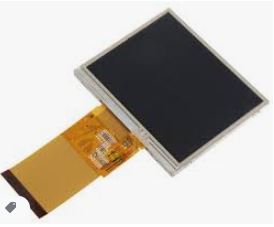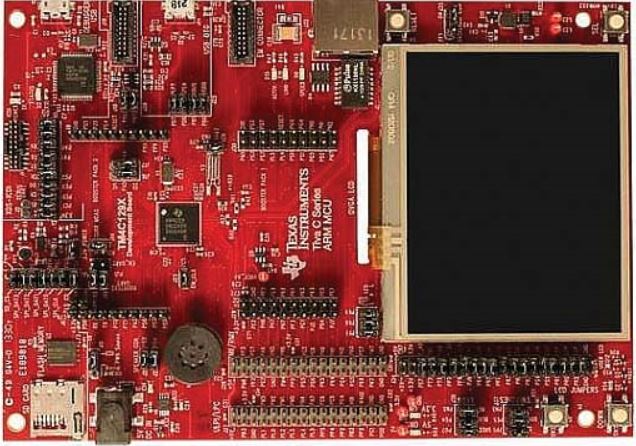SPMA082 August 2021 TM4C1230C3PM , TM4C1230D5PM , TM4C1230E6PM , TM4C1230H6PM , TM4C1231C3PM , TM4C1231D5PM , TM4C1231D5PZ , TM4C1231E6PM , TM4C1231E6PZ , TM4C1231H6PGE , TM4C1231H6PM , TM4C1231H6PZ , TM4C1232C3PM , TM4C1232D5PM , TM4C1232E6PM , TM4C1232H6PM , TM4C1233C3PM , TM4C1233D5PM , TM4C1233D5PZ , TM4C1233E6PM , TM4C1233E6PZ , TM4C1233H6PGE , TM4C1233H6PM , TM4C1233H6PZ , TM4C1236D5PM , TM4C1236E6PM , TM4C1236H6PM , TM4C1237D5PM , TM4C1237D5PZ , TM4C1237E6PM , TM4C1237E6PZ , TM4C1237H6PGE , TM4C1237H6PM , TM4C1237H6PZ , TM4C123AE6PM , TM4C123AH6PM , TM4C123BE6PM , TM4C123BE6PZ , TM4C123BH6PGE , TM4C123BH6PM , TM4C123BH6PZ , TM4C123BH6ZRB , TM4C123FE6PM , TM4C123FH6PM , TM4C123GE6PM , TM4C123GE6PZ , TM4C123GH6PGE , TM4C123GH6PM , TM4C123GH6PZ , TM4C123GH6ZRB , TM4C1290NCPDT , TM4C1290NCZAD , TM4C1292NCPDT , TM4C1292NCZAD , TM4C1294KCPDT , TM4C1294NCPDT , TM4C1294NCZAD , TM4C1297NCZAD , TM4C1299KCZAD , TM4C1299NCZAD , TM4C129CNCPDT , TM4C129CNCZAD , TM4C129DNCPDT , TM4C129DNCZAD , TM4C129EKCPDT , TM4C129ENCPDT , TM4C129ENCZAD , TM4C129LNCZAD , TM4C129XKCZAD , TM4C129XNCZAD
1 TFT LCD Overview
Thin Film Transistor (TFT) is a variant of LCD that uses TFT technology to improve image qualities. A TFT is an active matrix LCD, in contrast to passive matrix LCD or direct-driven LCD such as the character-based LCD with a few segments. The TFT LCD is a popular display type for small-to-medium size applications.
A typical TFT LCD module will consist of a TFT LCD panel, a chip-on-glass (COG) driver IC, a backlight unit, and an interface Flexible Printed Circuit (FPC). The TFT driver ICs are highly integrated chips that will combine the source driver (in a 320 x 240 display, driving 320 x 3 = 960 sources of the transistors for supporting Red, Green and Blue), gate driver (driving the 240 gates of the transistors), timing control and sometimes other circuits such as memory, power or image processing. The FPC provides an interface connector to the MCUs. Figure 1-1 shows the Kentec320 x 240 display that is mounted on the DK-TM4C129X EVM board shown in Figure 1-2. The driver IC on the Kentec320x240x16 is a SSD2119.
 Figure 1-1 Kentec320x240x16 TFT LCD
Display
Figure 1-1 Kentec320x240x16 TFT LCD
Display Figure 1-2 DK-TM4C129x EVM Board
Figure 1-2 DK-TM4C129x EVM Board